‘Tell ’em about the dream, Martin!’: Memories from the crowd at MLK’s March on Washington
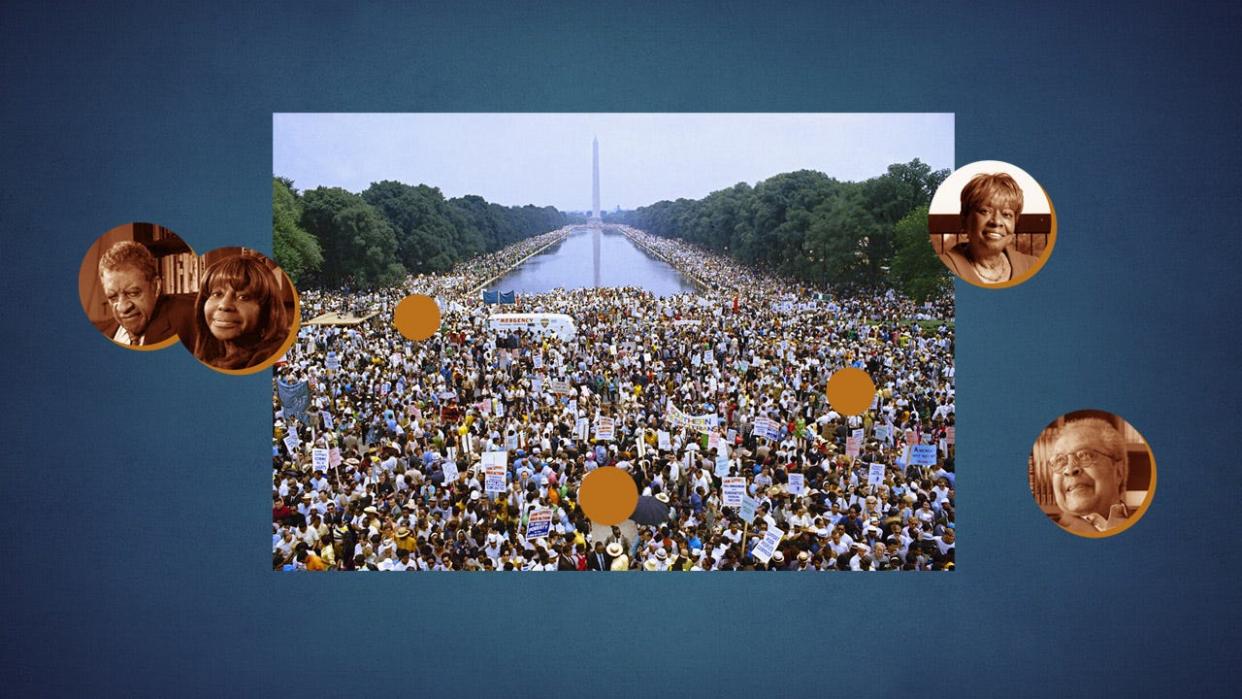
- Oops!Something went wrong.Please try again later.
- Oops!Something went wrong.Please try again later.
- Oops!Something went wrong.Please try again later.
It's 1963, and 15-year-old Clayola Brown just heard the news on the car radio in Philadelphia: There was going to be a march on Washington.
She recalls the deep, heavy baritone of civil rights activist and march organizer A. Philip Randolph, describing the inequities of Jim Crow America and the promise of freedom and economic justice.
"It was like a calling," said Brown, now 75 years old. "I just knew I wanted to be there."
Brown saved up babysitting money for the Greyhound bus ticket, snuck out of the house early the morning of Aug. 28, climbed a tree along the National Mall and listened in awe as Martin Luther King Jr. described his vision for the future.
"That was the most exciting day of my entire life," said Brown, a labor unionist and civil rights activist.
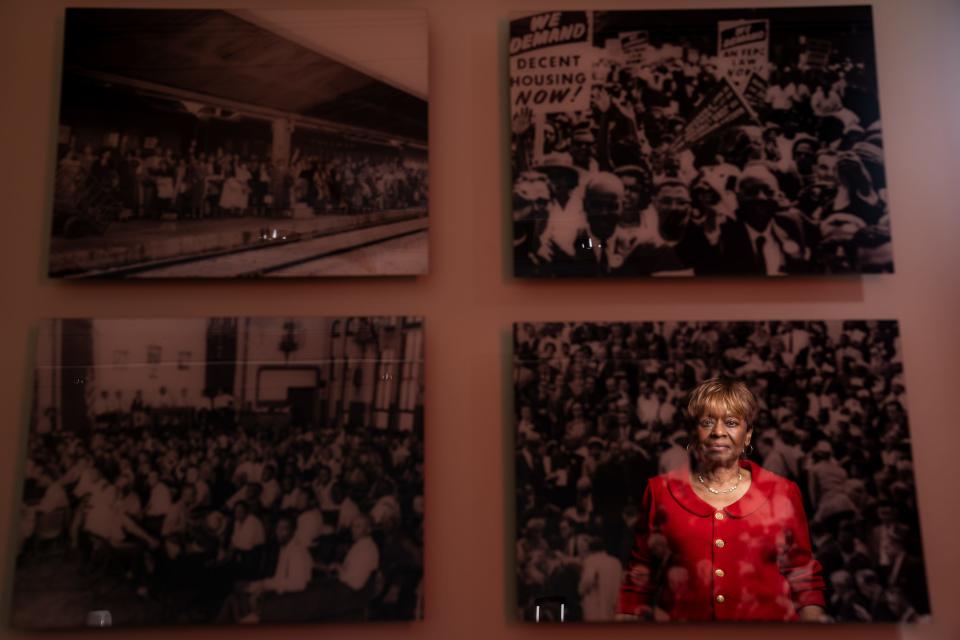
An estimated quarter of a million people flocked to the Mall that day in what would become the largest civil rights demonstration at the time. Sixty years later, witnesses to The Great March spoke with USA TODAY about what they experienced that day and reflected on the progress – or lack thereof – the United States has made toward King's dream.
Explore the series: MLK’s ‘I have a dream’ speech looms large 60 years later
The year 1963
To understand the March on Washington, you have to understand the year 1963, said Clarence B. Jones, King's lawyer, adviser and speechwriter.
Early that year, King convened a group of supporters at the New York apartment of singer and actor Harry Belafonte to announce a campaign to desegregate Birmingham, Alabama – known at the time as "Bombingham," recalled Jones, 92.
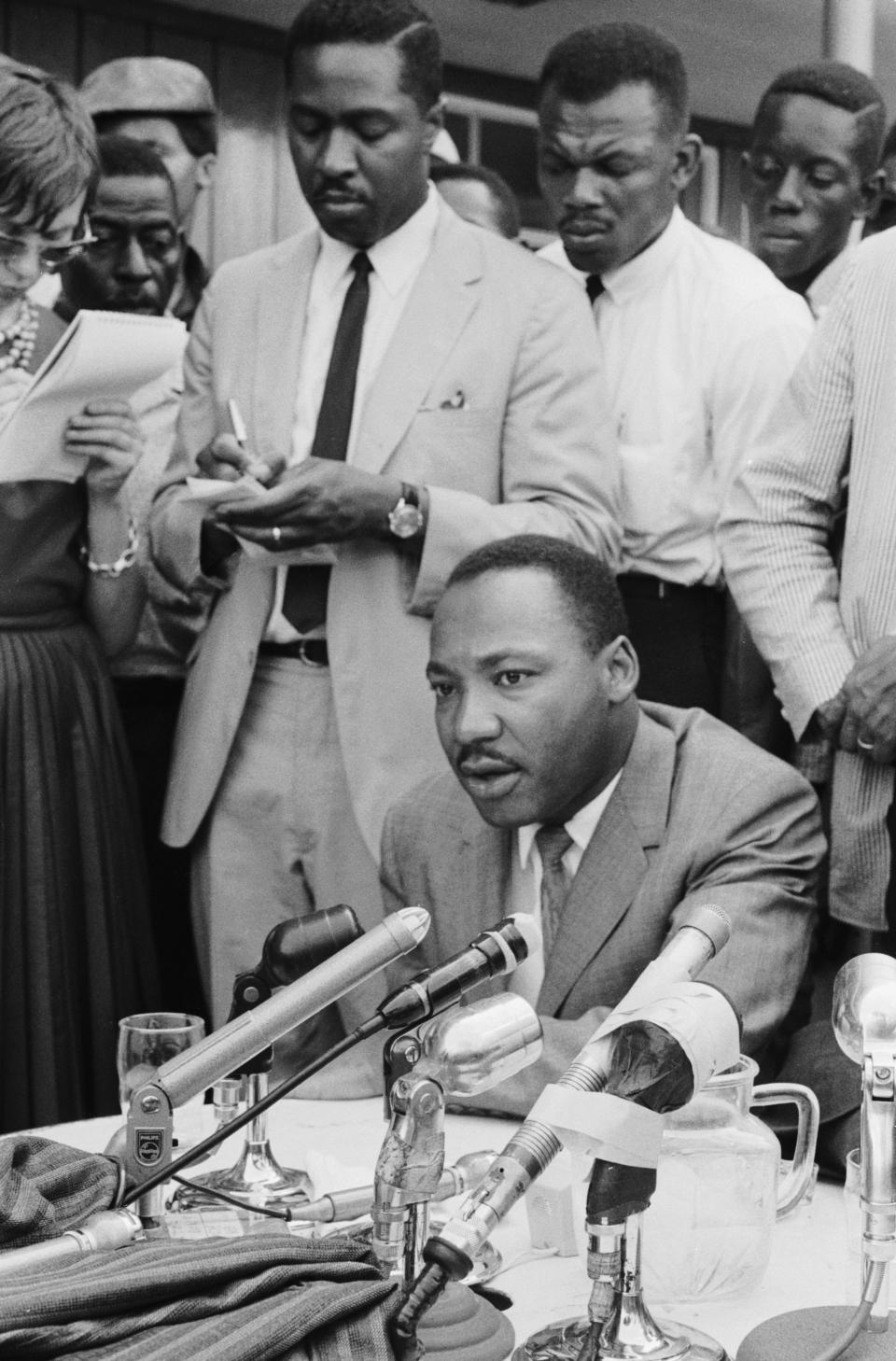
The sit-ins, boycotts, protests and marches began in April. Jones remembers visiting King in jail there two times a day, smuggling in sheets of paper beneath his shirt. "Those sheets of paper, cumulatively, became the sheets of paper that he wrote the letter from Birmingham jail," Jones said, referencing one of the most famous texts of the Civil Rights Movement.
Come May, students and faculty at Tougaloo College staged a sit-in at the lunch counter of the Woolworth's store in Jackson, Mississippi. Joan Trumpauer Mulholland, then 21, recalled being repeatedly dragged from her stool and having sugar poured on her head.
"Like I wasn't sweet enough?" said Mulholland, 81, in recounting the event.
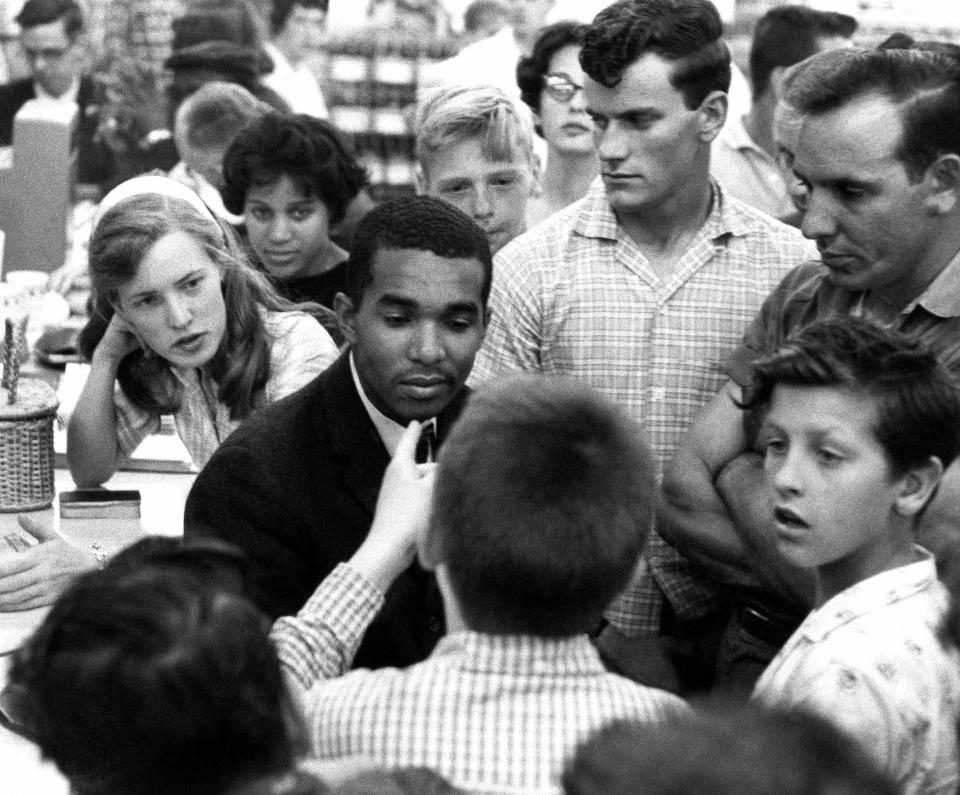
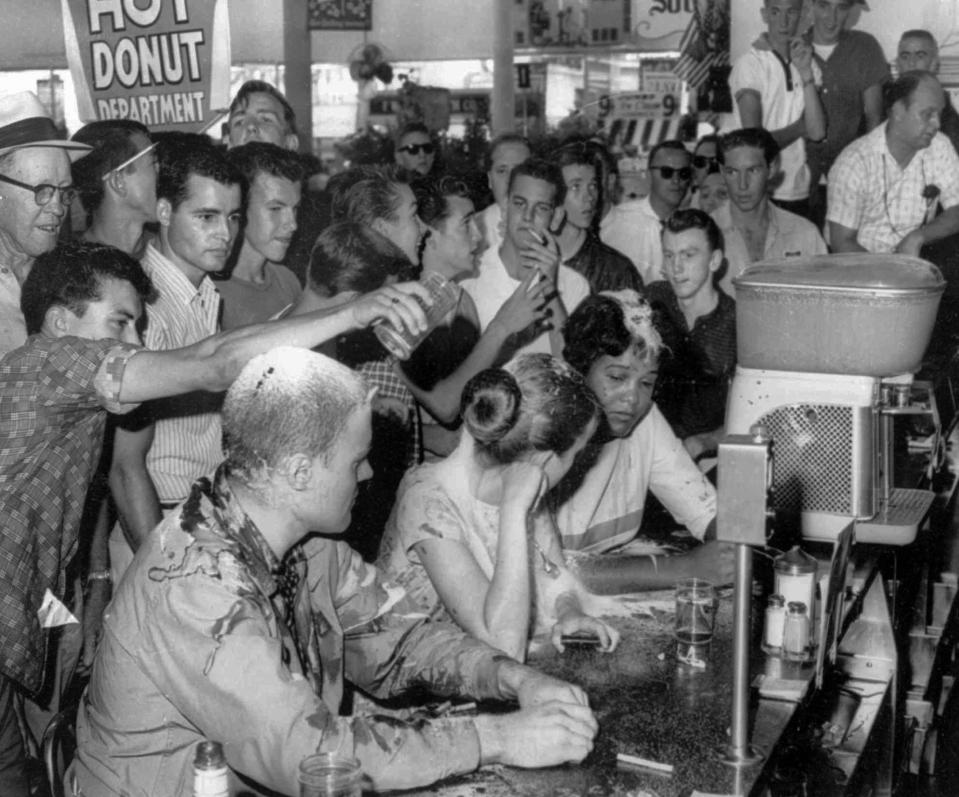
The next month, President John F. Kennedy gave a national address on civil rights, and NAACP state field director Medgar Evers was murdered in his driveway hours later. The daughters of the Rev. Ralph David Abernathy, close friends of the King family, recall that period as a time of great fear. Their home had been bombed years earlier, and they received daily death threats.
"Daddy sat us down," Donzaleigh Abernathy, 66, recalled. She was 5 years old at the time. "He wanted us to understand that the day would come he would not come back in that house. And that we had to be prepared. And this was the price we had to pay for our freedom."
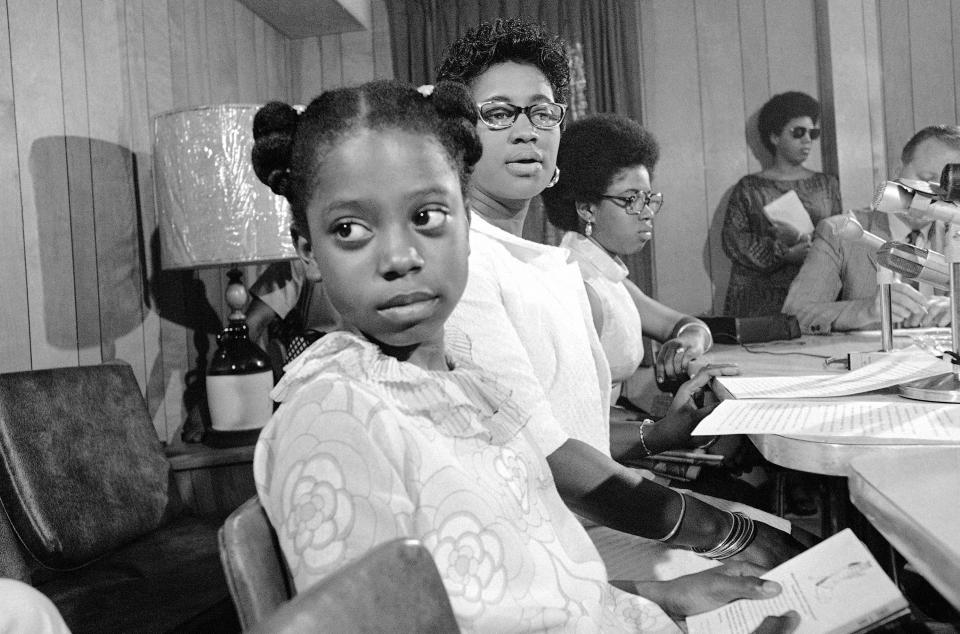
That same month, civil rights leaders met with Kennedy administration officials and informed them there would be a March on Washington. Coalition leaders included labor unionist Randolph; James Farmer, president of the Congress of Racial Equality; John Lewis, chairman of the Student Nonviolent Coordinating Committee; Roy Wilkins, president of the NAACP; Whitney Young, president of the National Urban League; and King, president of the Southern Christian Leadership Conference. Activist Bayard Rustin served as a deputy organizer.
"March staff worked long hours at a speedy and frantic pace," recalled Norman Hill, 90, who served as national staff coordinator for the march and traveled across the country to organize coalitions to generate march participation and raise funds to help people get to D.C. "I had a sense of participating in something that was going to be massive."
At the Washington march office, there was a flurry of activity, said Mulholland, who worked in the press section, typing and answering the phone.
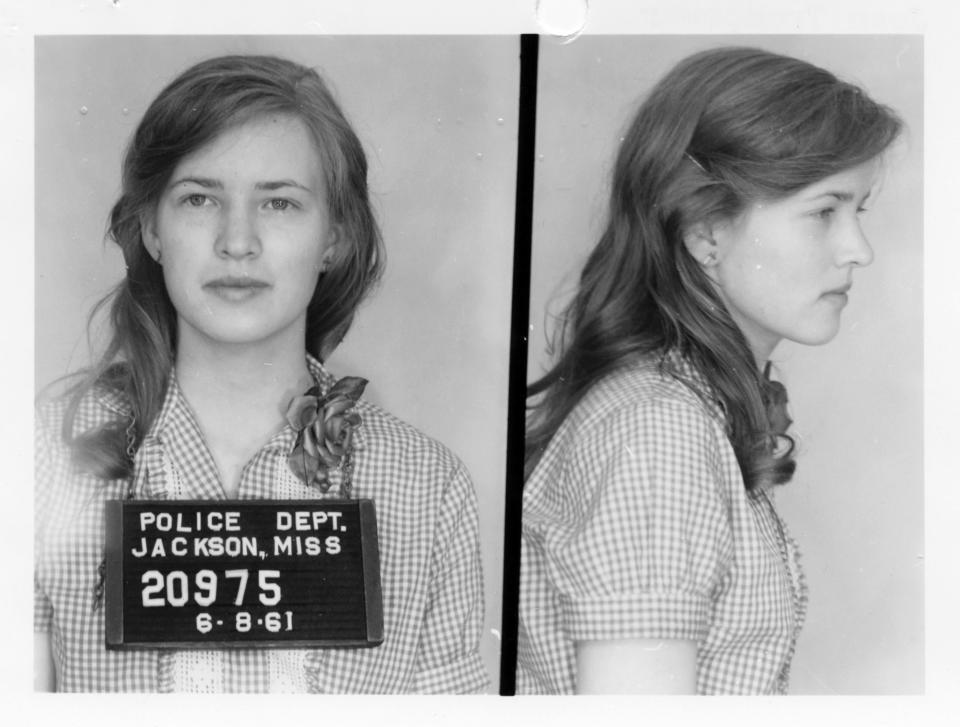
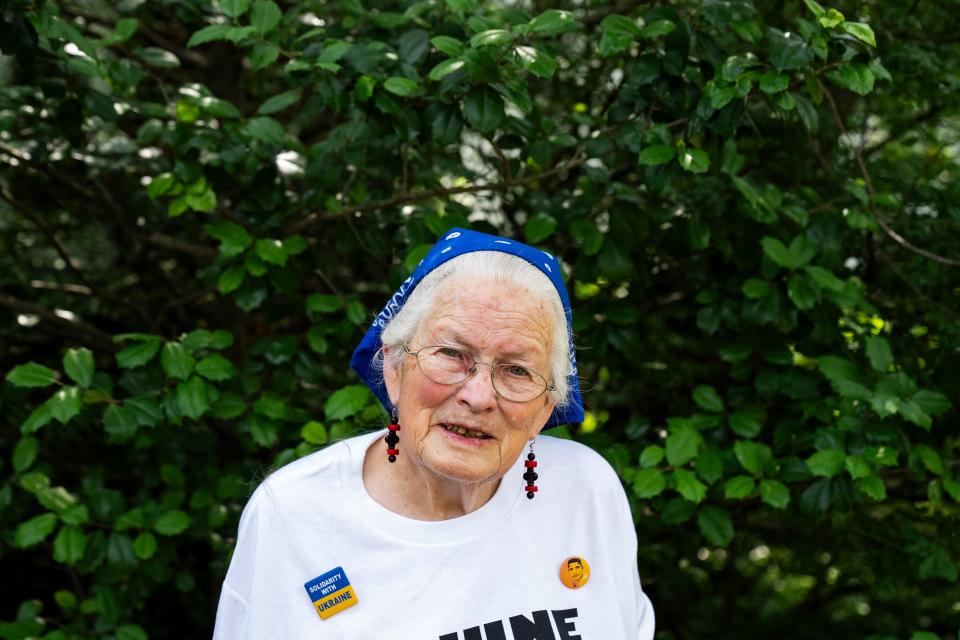
"We were sort of worried that it wasn't going to happen. There was a general feeling the Kennedys might bring in the troops to stop the trains and busses and things from getting to Washington," she said. "Generally, the media leaves out the serious fear that was in the air – of riots, burnings, serious dangers."
The night before the march, the Abernathy sisters recall walking down the hallway of the Willard Hotel, peeking into open doorways where writers were busy finishing speeches, and organizers were trying to fix the sound system, sabotaged earlier that day.
Juandalynn Abernathy, 68, was 8 years old at the time. She recalled organizers calling Attorney General Robert F. Kennedy, who sent in the U.S. Army Signal Corps to rebuild the system overnight. "Then, all of a sudden, they had a sound system," she said.
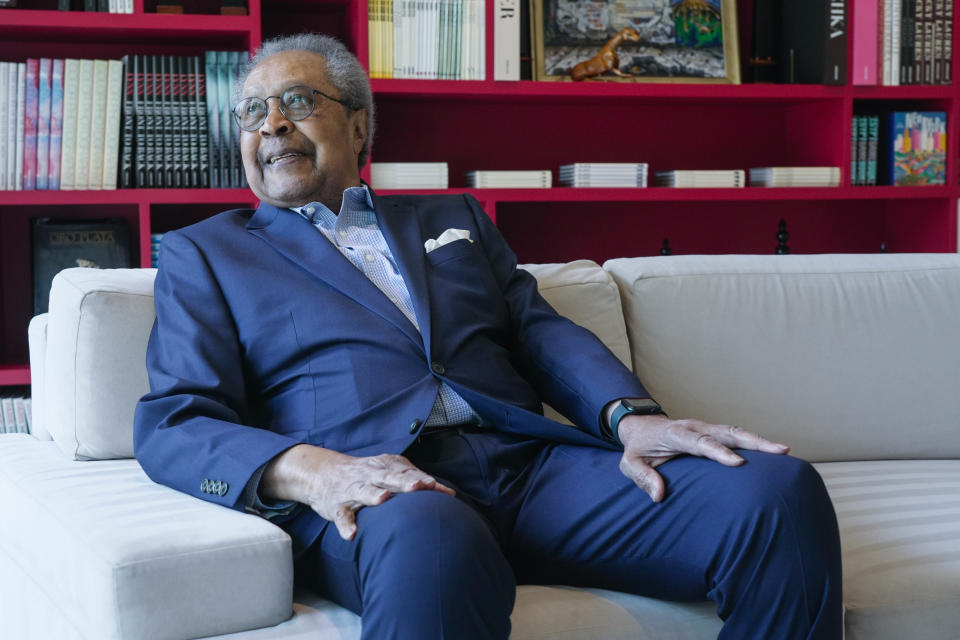
King was agitated that night, Jones said. As the two were going up the elevator, Jones handed him a magazine with a yellow sheet of paper, in which he had written in longhand the suggested text of how he should open his speech.
"He thanked me," Jones recalled. "I didn't give it any further thought."
The March on Washington for Jobs and Freedom
Starting at 4 a.m., dozens of spotters fanned out at telephone booths along major highways leading into Washington to report sightings of cars and busloads of people headed to the march, Jones recalled.
Brown took the 5:40 a.m. bus from Philadelphia with a friend. The two pretended to be part of a church group and found a seat next to the passengers carrying paper bags, knowing there would be chicken, ham and pound cake inside. "It was electric," Brown said.
In Washington, Hill woke at 6 a.m. and had a quick breakfast at the hotel – his first and only meal of the busy day. He rushed to the National Mall, where he encountered Rustin surrounded by reporters demanding to know where the marchers were.
Hill recalled Rustin reach for his pocket watch, take out a piece of paper and appear to compare the two. "And he said, 'Gentlemen, everything is going according to oil,' meaning that everything was right on schedule," Hill recalled. What the reporters didn't know, Hill said, was that the piece of paper was blank.
Mulholland was stationed at the press tent that morning. From her elevated view by the Washington Monument, she watched as the crowd slowly grew and grew – people of all races and ethnicities wearing "everything from blue jeans to folks all dressed up."
Closer to the Lincoln Memorial, Jones recalled greeting actor Charlton Heston, head of the celebrity delegation, which included legends like Sidney Poitier, Marlon Brando, Sammy Davis Jr., Joanne Woodward, Paul Newman and others. He remembers leading the group to their seats, perfectly positioned in view of the TV cameras.
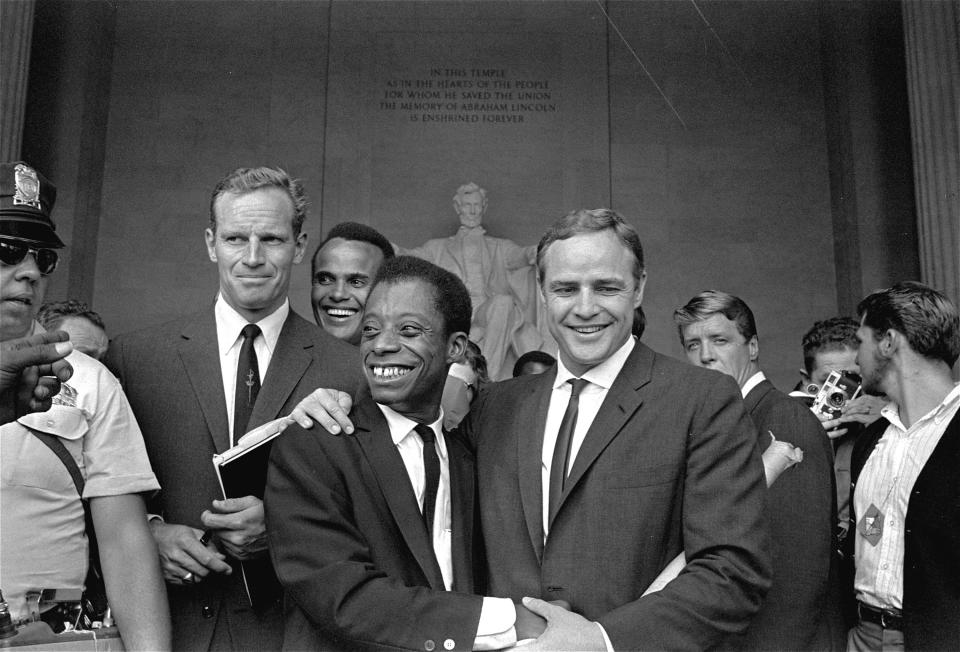
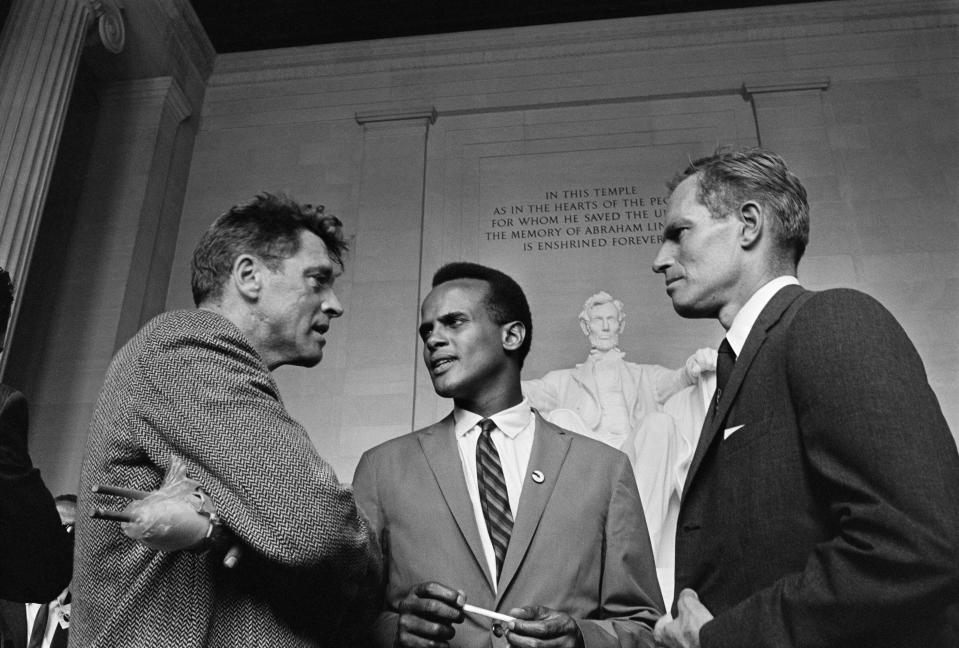
Fifteen-year-old Sarah Davidson, then president of a local NAACP Youth Council, took a bus from Little Rock, Arkansas, with seven or eight fellow students, reading books and playing cards. Along the way, they picked up others, including several college students in Memphis, Tennessee.
"By the time we arrived in Washington, we had a full bus," said Davidson, now 75. "Many of us had never been away from home or traveled that far."
Someone had sprung for a hotel room so the youths could shower and change into their Sunday best. The young men wore suits and ties. Davidson put on a pink dress and sunglasses. When they spilled off the bus near the Mall in the August heat, they found their way through the crowds, close enough to hear the speakers.
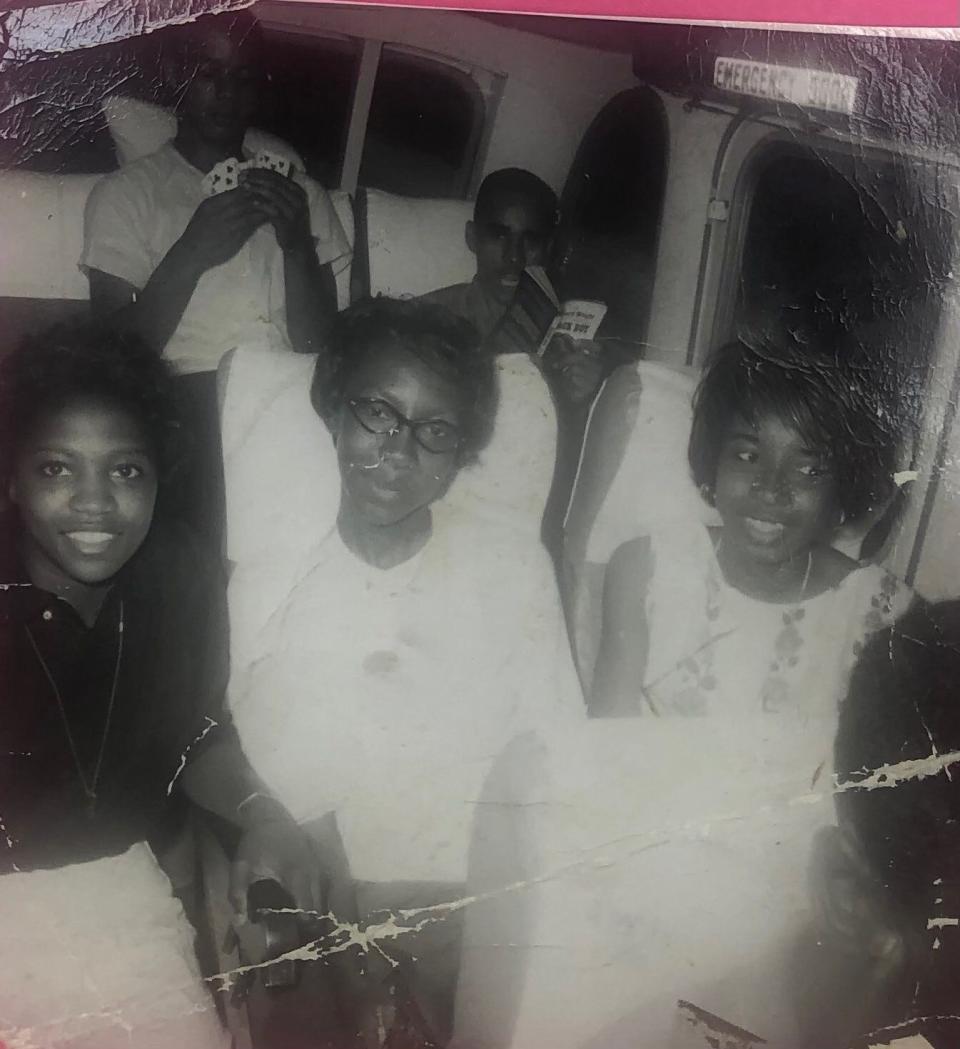
"I had never seen so many military and National Guard people in my life," she said.
David Vlahov, 71, remembers his dad herding him and his older brother into the car early that morning, saying they were going downtown.
"He said it was a step toward making things right, and that it was important to lend our support," Vlahov, then 11, recalled.
Vlahov said his dad had planned to link up with others from local synagogues. Instead, the three found themselves lost among the throngs as they headed toward the Mall. A group of New York sanitation workers welcomed them into their fold.
"Everybody who was there was there for a single purpose. And it did change my life," Vlahov said.
Lyda Peters, then 19, attended the march with her aunt from Boston, riding the train from New York and picking up more people at each stop along the way.
"There was such excitement," recalled Peters, 79. "People were even sitting on the floors."
The jampacked railcars swelled with song as they neared the capital. As they pulled into the station, she remembers seeing train after train unloading hundreds of passengers. Inside, they were greeted with tables laden with buttons and signs, but they didn’t know where to go. "Just follow the crowd," someone said.
As they neared the Mall, she saw people sitting under trees – even in the trees. It seemed like everyone was singing or holding hands. She doesn’t recall hearing King or anyone else speak, they were so far back in the crowd.
"I just knew I was part of something special," she said. "I was real proud to have been there."
From her perch in the trees, Brown could see down the Mall: People spread out on blankets, kids on shoulders, signs printed by trade unions.
"It was like being at church, really. You could hear everything, and if something was said very quickly, folks on the ground would repeat it," Brown said.
Numerous people spoke that day. For Brown, it was the slow, clear voice of Randolph that left the greatest impression. She recalled how he spoke of the fight for jobs and freedoms as one and the same.
"He started lining up labor and the Civil Rights Movement in a way that was just amazing to me," Brown said. "Critical thinking began for me on that day – to really listen to what words meant and the power of collective activity was visible, real."
‘I Have a Dream’
King was among the final speakers. Jones was astounded to hear that the first seven-and-a-half paragraphs of the speech – through the words "the fierce urgency of now" – were exactly as he had drafted.
"As he was speaking the words I had written, Mahalia Jackson – his favorite gospel singer – was sitting on the stage with other celebrities," Jones recalled. "And she shouts to Dr. King, 'Tell 'em about the dream, Martin! Tell 'em about the dream!'"
From her perch in the trees, Brown thought King initially appeared nervous. "I remember when he finally took that second breath – because it took him a couple – and he just started to speak. And he looked in the direction of the trees," she said. "We all felt like he was talking directly to us."
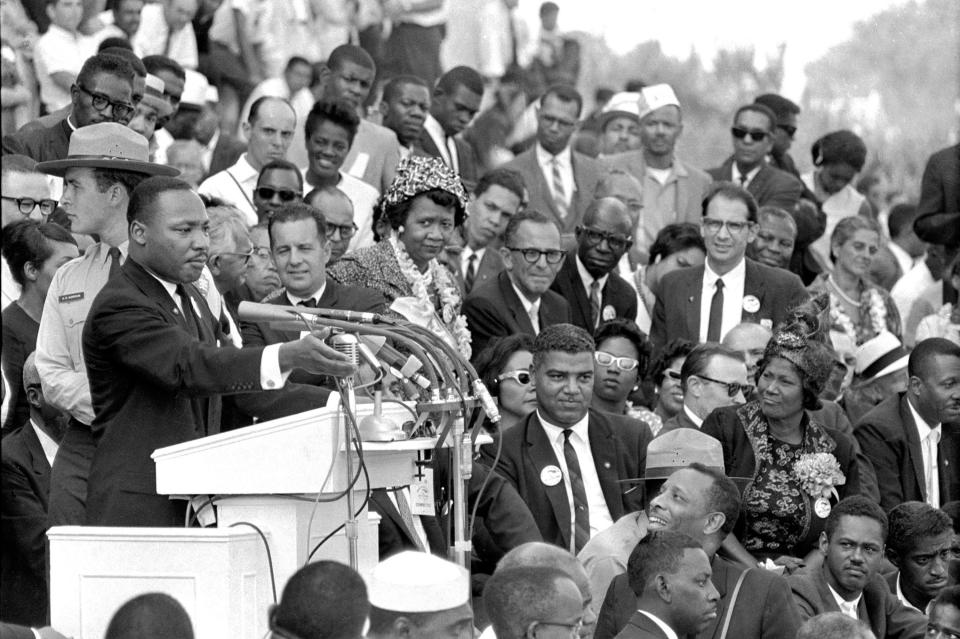
Hill said he knew King to be a great orator. But as he spoke, Hill hung on every word. "It was one of the most outstanding examples of charisma, drama and compelling presentation that I ever heard," Hill said. "It was the ultimate climax of the march."
After King’s speech, Randolph read a list of march demands, asking the audience if they approved of each. "He would read them, and the march participants would say, in dramatic unison, yes!" Hill recalled.
Standing on the ground behind King, Jones saw him take the written text and move it to the left side of the podium. He watched as King grabbed the podium, looked out on the massive audience, and began to speak "extemporaneously," rubbing his right leg up and down his left like a Baptist preacher raring up.
60 years later
On the bus home later that night, Brown listened as the adults discussed what they’d heard and called speakers by their first names, as if personal friends. Fellow riders passed around sandwiches, deviled eggs and jugs of iced tea.
"It was family without really knowing everybody," Brown said. "We were learning so much in that one day, just to appreciate and understand what movement really meant, what activism really was. Because it became a reality then."
Six decades later, Brown is still working in the labor movement and holds leadership positions at the American Federation of Labor and Congress of Industrial Organizations, the largest federation of unions in the United States, and the A. Philip Randolph Institute. Many of the people who attended the march that day said it forever influenced their lives.
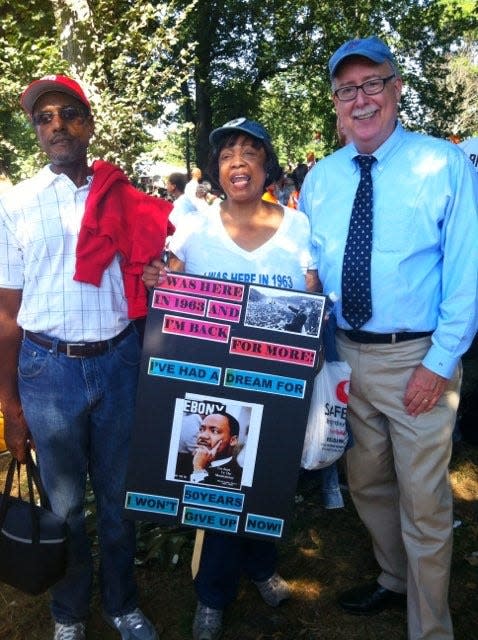
Davidson attended the historically Black Howard University in Washington, worked as a public school teacher and volunteered for political campaigns.
Peters went on to become a professor of education at Cambridge College in Boston and an adjunct faculty member in Boston College’s African and African diaspora studies program.
Vlahov, an epidemiologist at Yale University, still has one of the American-flag-themed pennants produced for the event framed on his wall. It reads, "I Marched for Equality in the Freedom Parade in Washington, D.C."
When King was assassinated in 1968, prompting protests and riots in Washington and around the country, Vlahov, then 15, tapped into his rabbi’s network of interfaith connections to operate a collection center that gathered clothes and other necessities for people who had been burned out of their homes.
He later took part in anti-war demonstrations and women's rights advocacy and trained as a nurse involved in community health efforts. It wasn't until years later, as King's legendary words took on a life of their own, that Vlahov sensed not only the significance of the event but his own as an attendee.
"Hearing 'I Have A Dream' – that in itself is a regular reminder," he said. "Being part of it, you’re kind of a representative of it."
Mulholland, who continued her work in the Civil Rights Movement, volunteers at a local school and travels around the country to speak. She said the United States has come a long way but still has a long way to go.
"My generation took care of legal segregation, but the underlying racism is still there," she said. "We understand it in so many more ways than we used to. We can see it against so many more groups than we used to call out."
Hill and his wife and fellow activist, Velma Hill, recently completed a memoir and are planning a speaking tour to educate and inspire future generations of activists. He takes pride in participating in a historic event that he says helped create the political climate that led to "the Magna Carta of the Civil Rights Movement," the Civil Rights Act of 1964, followed by the Voting Rights Act of 1965.
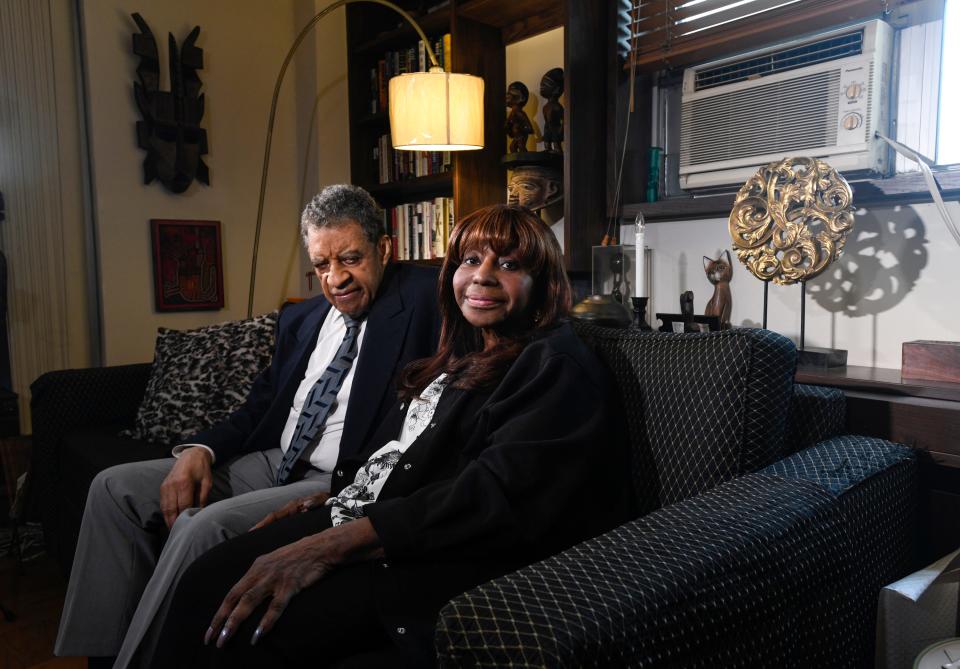
But he and other marchers also pointed to ongoing concerns about police brutality, economic inequality, homelessness, a lack of affordable health care and quality education and a growing white nationalist movement in the United States.
"I just wish that before the end of whatever this is – existence – that I can say that the job is done," Brown said. "But to this day it has not been completed. And instead of ticking off things that are completed, I'm having to erase some of the ticks that are there."
Juandalynn Abernathy, now a professional singer inspired by performers at the march that day, has been living in Germany for decades. She said she has American friends living throughout Europe who don’t want to return to the United States.
"Nothing has changed that drastically," she said. "The same issues we had back then we still have now. They’re just packaged differently."
Her younger sister, Donzaleigh Abernathy, is an actress, author and public speaker. She says some politicians are trying to eliminate the teaching of Black history, and it infuriates her.
"It's history, and it's what made America great was this history of the Civil Rights Movement," said Donzaleigh Abernathy. "It still means so much to me as a human being to be able to have been there, to have been a witness to probably one of the greatest days in American history."
At home in Los Angeles, she flips through a book of photos from the march and points to people by name – celebrities, family friends and contemporaries – recalling fond memories of that day.
"This march was an opportunity for America. It was hope," she said. "It was so powerful Congress would have to give us a civil rights bill. And they did."
She said she's inspired by the youth activists who are speaking up today.
"It’s on each generation to demand freedom," she said. "We each have to do our part. Daddy and Uncle Martin did their part. Now it’s on me."
This article originally appeared on USA TODAY: March on Washington 60th Anniversary: Faces in the crowd share stories

